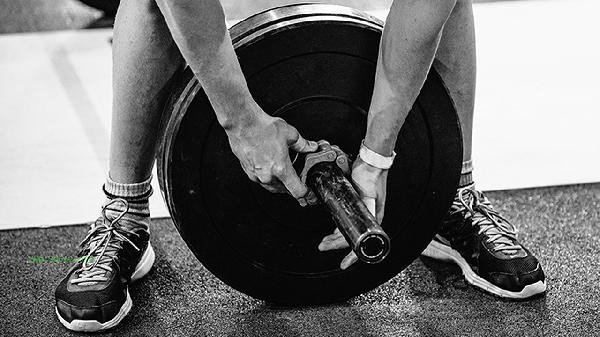Eating whole wheat bread during exercise and gaining weight may be related to excessive consumption, the addition of high calorie ingredients, or a lower basal metabolic rate. Whole wheat bread itself is rich in dietary fiber and complex carbohydrates, and moderate consumption can help control weight.

1. Excessive intake
Although whole wheat bread is healthier than refined bread, its calories cannot be ignored. Every 100 grams of whole wheat bread contains about 250 calories. If you consume more than 3-4 slices in a day and do not adjust your diet, the total calorie surplus will lead to fat accumulation. Fitness enthusiasts should control their portion size based on their daily consumption, and it is recommended to use it as a substitute for staple food rather than an additional meal.
2. Effects of Adding Ingredients
Some commercially available whole wheat breads may add ingredients such as syrup, cream, or crushed nuts to improve their taste. For example, honey whole wheat bread has about 20% more calories than pure whole wheat bread, and long-term consumption of such products may offset fitness effects. When making a purchase, it is necessary to check the ingredient list and choose products with a carbohydrate content of over 45% and no added sugar.
3. Metabolic Differences
People with lower basal metabolic rates, such as sedentary office workers or middle-aged and elderly individuals, have relatively lower metabolic efficiency towards carbohydrates. If the carbohydrates in whole wheat bread are not fully consumed through exercise, they are easily converted into fat storage. This group of people can use protein foods to slow down blood sugar rise, or plan to consume whole wheat bread before and after training.

4. Digestion and absorption problems
Some people have abnormal digestion and absorption efficiency of whole wheat bread due to imbalanced gut microbiota or gluten sensitivity. Underdecomposed dietary fiber may cause bloating and promote the proliferation of fat synthesis bacteria. Suggest pairing with probiotic foods or choosing fermented whole wheat bread to improve absorption.
5. Imbalance in dietary structure
Relying solely on whole wheat bread as the staple food, lacking the combination of high-quality protein and healthy fats, can lead to imbalanced nutrient intake. In this mode, the body may activate energy storage mechanisms, prioritizing the conversion of carbohydrates into fat. It is recommended to use a 3:2 ratio of carbohydrates and proteins during exercise, such as pairing whole wheat bread with chicken breast or eggs.

When consuming whole wheat bread during fitness, it is important to choose pure, additive free products. The daily intake should be limited to 2-3 tablets, and it should be accompanied by aerobic or strength training for at least 30 minutes. It can be consumed 30 minutes after breakfast or training as the body's utilization rate of carbohydrates is higher. It is also recommended to regularly monitor changes in body fat percentage. If it continues to rise, the carbon water intake ratio should be adjusted, and dietary fiber and protein supplementation should be increased. Whole wheat bread, as a low GI food, is still a good choice for fitness diet when used correctly.






Comments (0)
Leave a Comment
No comments yet
Be the first to share your thoughts!